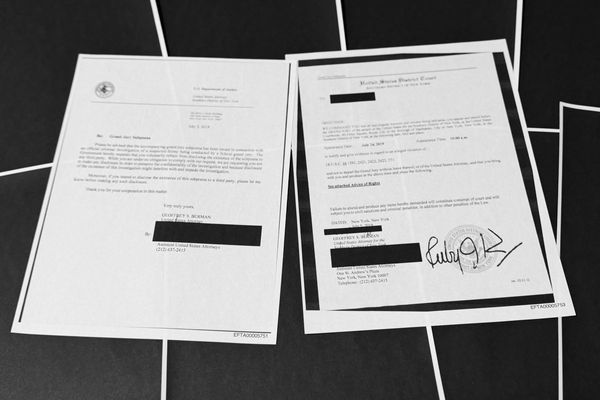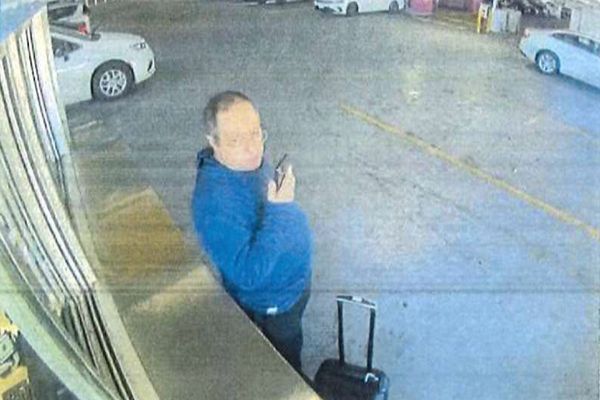
If you’re like many people looking to save money and reduce chemical exposure, you might have tried making your own homemade cleaning spray. It feels empowering to mix up a batch of vinegar, baking soda, and essential oils, knowing exactly what’s going into your home. But here’s the catch: your homemade cleaning spray could actually be harming your indoor air quality, even if it smells fresh and natural. Poor air quality can lead to headaches, allergies, and even long-term health issues, so it’s worth taking a closer look at what’s really happening when you spritz that DIY cleaner around your house. Before you reach for your next bottle of homemade spray, let’s break down why it might not be as safe as you think—and what you can do to protect your air and your health.
1. Essential Oils Aren’t Always Innocent
Essential oils are popular in homemade cleaning sprays because they add a pleasant scent and are often touted as “natural.” However, just because something is natural doesn’t mean it’s harmless. Many essential oils release volatile organic compounds (VOCs) into the air. VOCs are chemicals that can evaporate at room temperature and contribute to indoor air pollution. Some VOCs can irritate your eyes, nose, and throat, and even trigger asthma attacks or allergic reactions. For example, limonene, a common compound in citrus oils, can react with ozone in the air to form formaldehyde, a known carcinogen. If you’re using essential oils in your homemade cleaning spray, you might unknowingly increase your home’s VOC levels.
2. Vinegar and Baking Soda: Not Always a Safe Combo
Vinegar and baking soda are classic staples in homemade cleaning recipes, but mixing them together doesn’t always yield a safe or effective cleaner. Combined, they create carbon dioxide gas and water, which means the cleaning power is neutralized. More importantly, the fizzing reaction can release tiny particles into the air, which may irritate your respiratory system if inhaled. If you’re using this mixture in a poorly ventilated area, you could be breathing in more than you bargained for. Instead of mixing them, use each ingredient separately and make sure to ventilate the area well.
3. Overuse of Fragrances Can Backfire
Many people add extra fragrance to their homemade cleaning sprays to mask odors or create a “clean” smell. However, synthetic and even natural fragrances can contribute to poor indoor air quality. Fragrance compounds can react with other chemicals in the air, forming secondary pollutants like formaldehyde and acetaldehyde. These pollutants can linger in your home long after you’ve finished cleaning. If you notice headaches, dizziness, or irritation after using a heavily scented spray, your air quality might be to blame. Opt for fragrance-free recipes or use minimal amounts of essential oils, and always ventilate your space after cleaning.
4. Lack of Proper Ventilation Makes Things Worse
Even the safest homemade cleaning spray can become a problem if you’re not ventilating your home properly. Spraying cleaners in a closed space allows airborne particles and VOCs to accumulate, which can quickly degrade your indoor air quality. This is especially true in bathrooms, kitchens, and other small rooms. Always open windows or use exhaust fans when cleaning, and avoid spraying directly onto surfaces that are near air vents or return ducts. Good ventilation is key to keeping your air fresh and healthy.
5. Some Ingredients Can Trigger Allergies or Asthma
Homemade cleaning sprays often use ingredients like lemon juice, vinegar, or certain essential oils that can trigger allergies or asthma in sensitive individuals. Even if you don’t have allergies yourself, guests or family members might react to these substances. Symptoms can include sneezing, coughing, wheezing, or skin irritation. If you or someone in your household has respiratory issues, be extra cautious about the ingredients you use and consider switching to hypoallergenic cleaning methods.
6. Incomplete Cleaning Can Leave Behind Residue
Homemade cleaning sprays sometimes lack the surfactants and stabilizers found in commercial products, which means they might not clean as thoroughly. Residue left behind on surfaces can attract dust, mold, and bacteria, all of which can negatively impact your air quality. Over time, this buildup can contribute to musty odors and even respiratory problems. To avoid this, make sure to rinse surfaces with water after cleaning and dry them thoroughly.
7. Misuse of Ingredients Can Create Harmful Byproducts
Mixing the wrong ingredients in your homemade cleaning spray can create harmful byproducts. For example, combining vinegar with hydrogen peroxide can form peracetic acid, a strong irritant that can damage your lungs and eyes. Even seemingly harmless combinations can have unintended consequences if you’re not careful. Always research ingredient interactions before mixing, and stick to simple, proven recipes.
Rethink Your Homemade Cleaning Spray for Healthier Air
Homemade cleaning sprays can be a great way to control what goes into your home, but they’re not always as safe as they seem. By understanding how ingredients like essential oils, vinegar, and fragrances can impact your air quality, you can make smarter choices for your health. Focus on using simple, single-ingredient cleaners, ventilate your space, and pay attention to how your body reacts after cleaning. Your air quality matters just as much as the cleanliness of your surfaces—don’t trade one for the other.
Have you noticed any changes in your air quality after using homemade cleaning sprays? Share your experiences or tips in the comments below!
Read More
10 Ways to Live Green and Save Money Indoors
Installing Cedar Planking to Prevent Moths
The post Why Your Homemade Cleaning Spray Might Be Destroying Your Air Quality appeared first on Clever Dude Personal Finance & Money.







